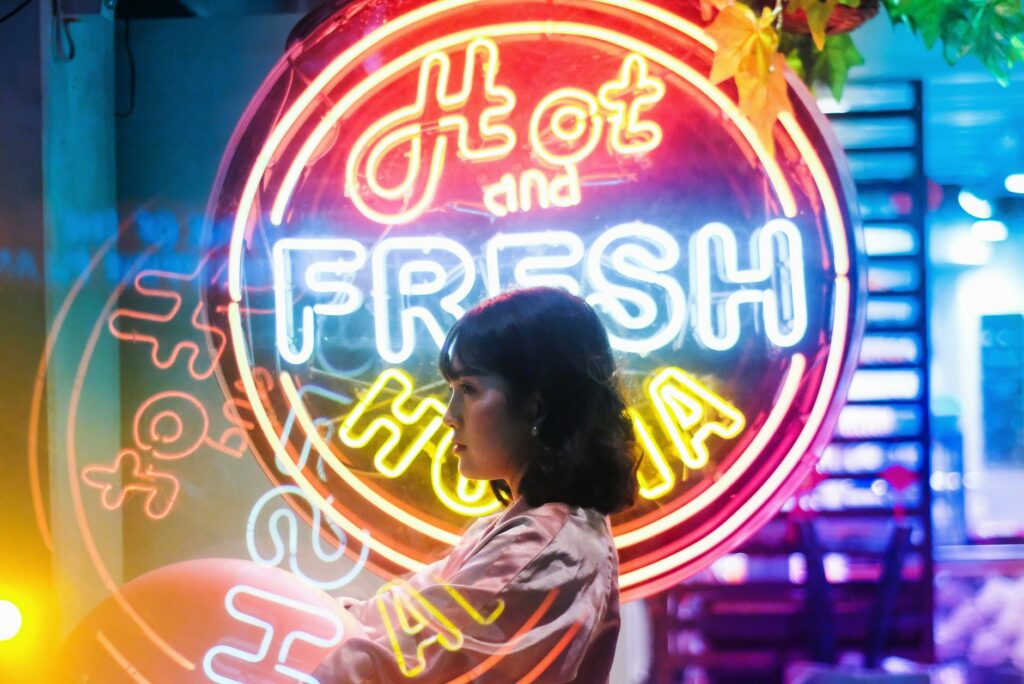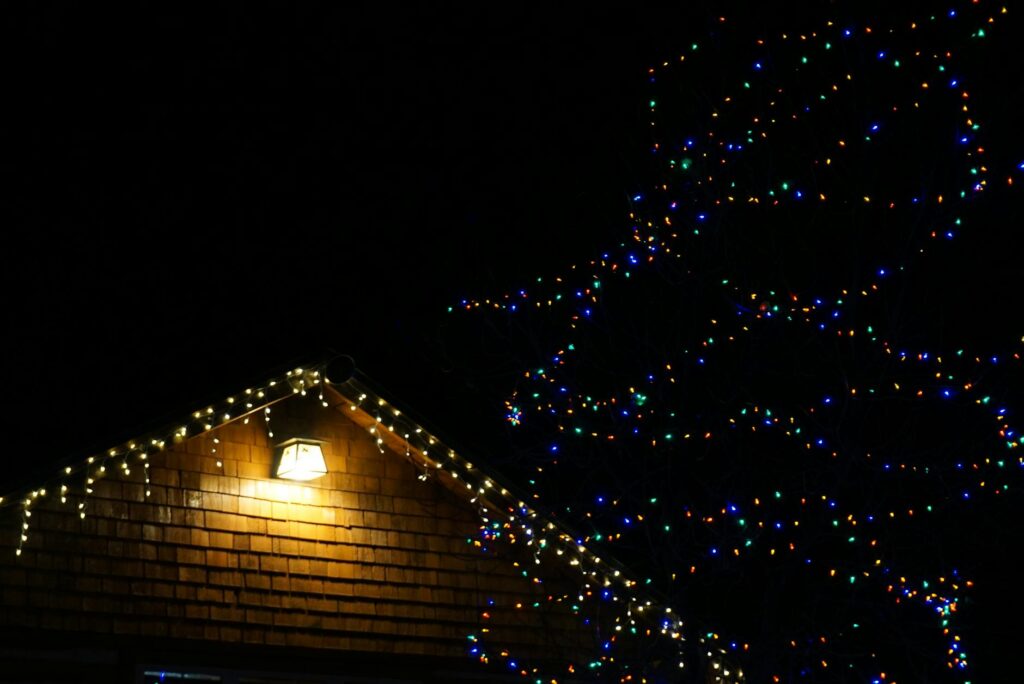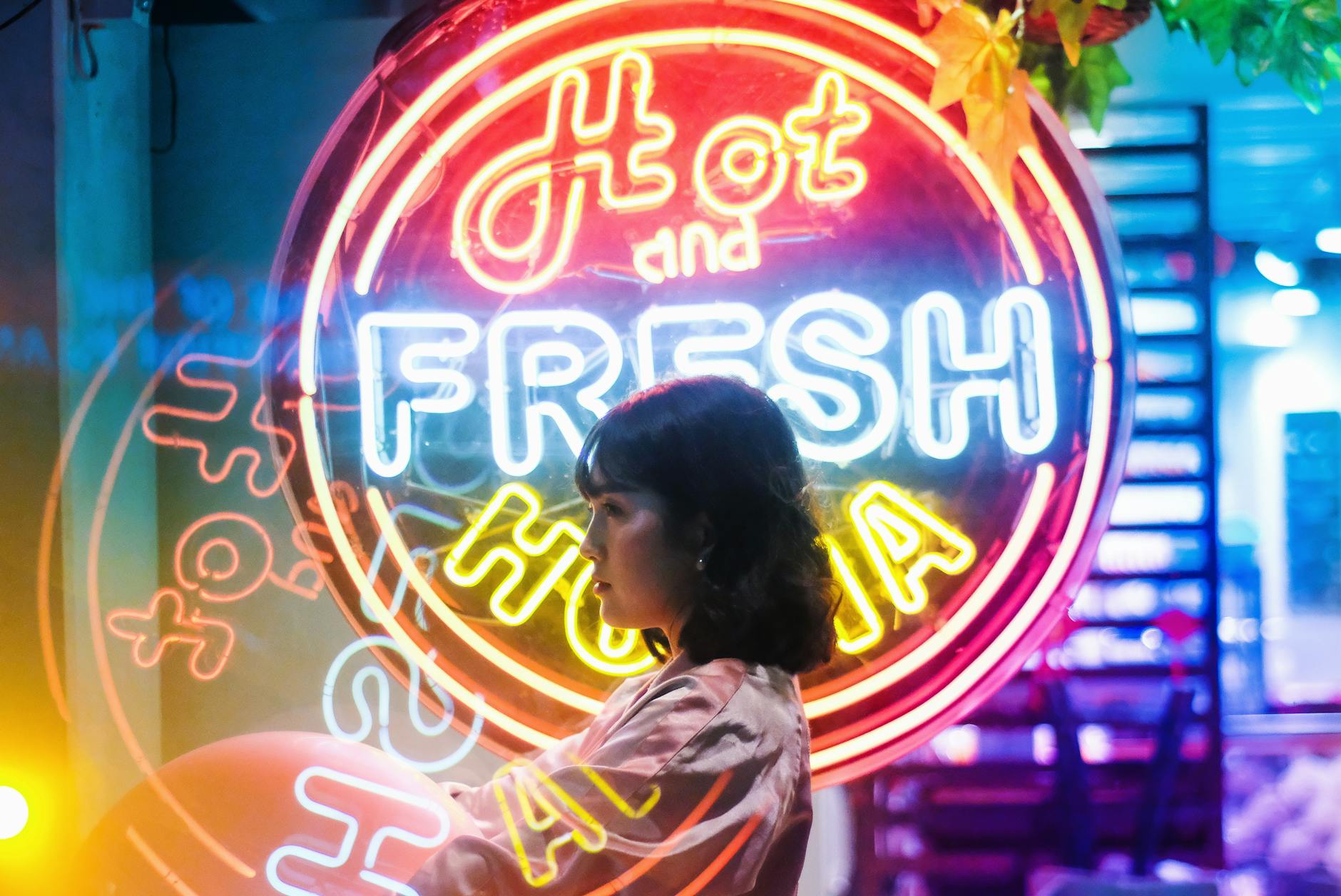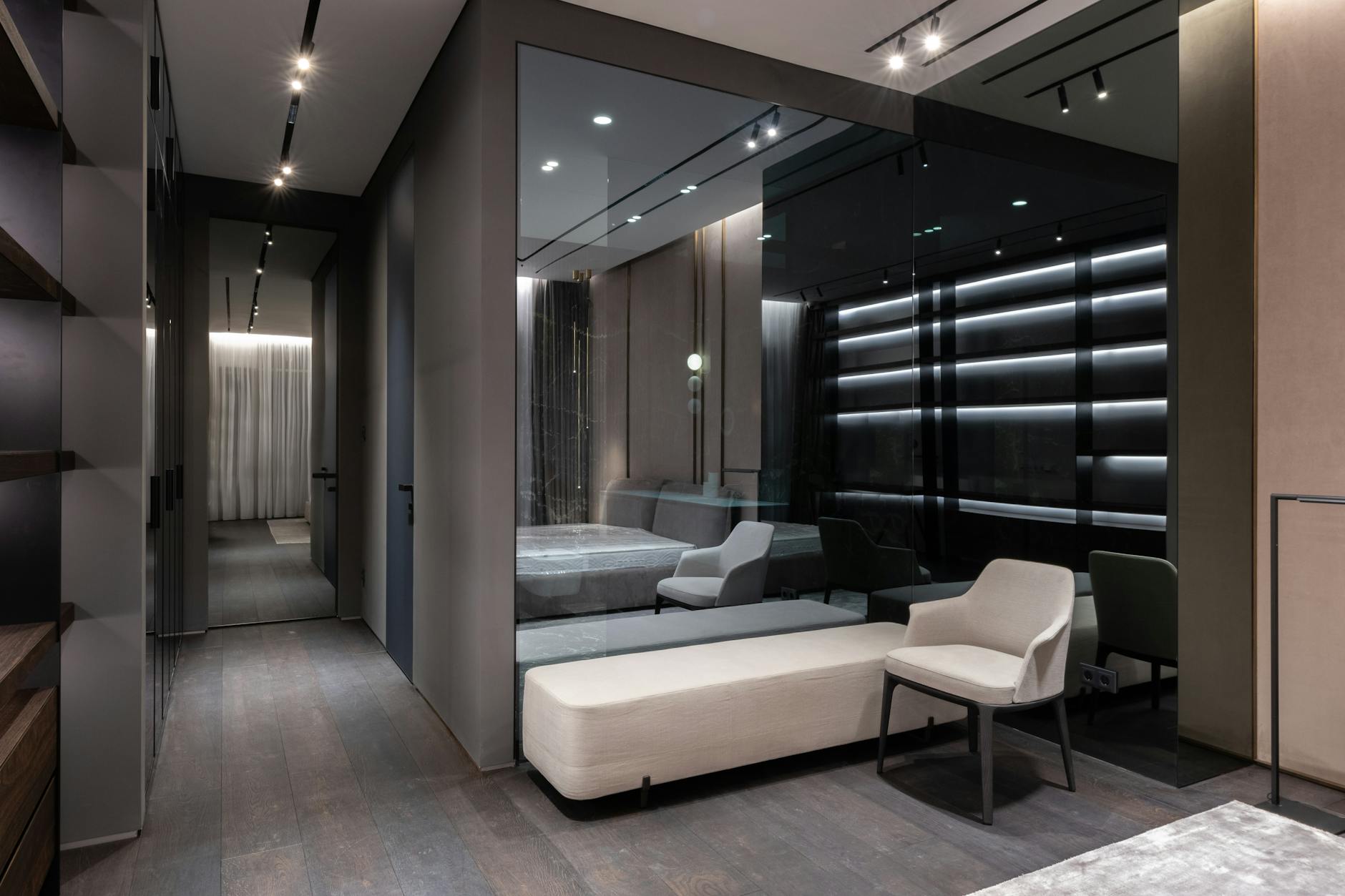When it comes to personalizing your home, the color temperature of your LED lights plays a pivotal role in creating the perfect ambiance. But with so many options available, how do you choose between warm and cool lighting? This guide will help you understand the nuances of LED color temperatures so you can make an informed decision for each room in your home.
Understanding Color Temperature
Color temperature is measured in Kelvin (K) and determines whether the light appears more yellow (warm) or blue (cool). Warm lights are typically around 2700K-3000K, offering a cozy, inviting glow. Conversely, cool lights range from 4000K-5000K, emitting a clean, more energizing light. 
The Psychological Effects of Light
Lighting does more than just illuminate your space; it can significantly affect your mood and productivity. Warm lights often enhance relaxation and comfort, making them ideal for living rooms and bedrooms. Cool lights, meanwhile, promote concentration and alertness, perfect for home offices and kitchens. 
Designing with Warm Lights
Warm LED lights are your go-to choice for creating a welcoming atmosphere in your home. They complement wood furniture, soft textiles, and earthy tones brilliantly. For decorating tips, visit our lighting design guide.
Designing with Cool Lights
Using cool lights can make a room feel more open, clean, and modern. They pair well with minimalist decors, metallic finishes, and bold colors. Incorporate cool lighting in areas you want to feel more spacious and vibrant.
Where to Use Warm vs. Cool Lighting
The function of a room should guide your choice of color temperature. Bedrooms and living areas benefit from warm lighting, while kitchens, bathrooms, and workspaces thrive with cool lighting. For more insights, check out how to choose lighting for every room.
Mixing and Matching
Don’t be afraid to mix warm and cool lights within your home for a dynamic and flexible lighting design. Layered lighting techniques can help you achieve the best of both worlds. For inspiration, see examples of mixed lighting schemes.
Energy Efficiency and LED Lighting
Regardless of color temperature, LED lights are known for their energy efficiency and long lifespan. They’re an environmentally friendly and cost-effective option for home lighting. Learn more about the benefits of LED lighting here.
Choosing the Right Bulbs
When shopping for LED bulbs, consider their color temperature, lumens, and compatibility with your home’s fixtures. It’s also worth noting the CRI (Color Rendering Index) for a truer representation of colors under the light. For a buying guide, visit this resource.
In conclusion, the right LED color temperature can transform the look and feel of your home. By considering the function of each room and the mood you want to evoke, you can choose between warm and cool lighting to create your ideal ambiance.
Frequently Asked Questions
Can I use smart LEDs to change the color temperature? Yes, many smart LED bulbs offer adjustable color temperatures, allowing you to switch between warm and cool lighting as needed.
Is it expensive to switch to LED lighting? While the initial cost may be higher than traditional bulbs, LEDs save money in the long run due to their energy efficiency and long lifespan.
How do I know what color temperature a bulb is? Check the packaging or product description for the Kelvin (K) rating. Lower numbers indicate warmer light, while higher numbers mean cooler light.
Can mixing light temperatures in a single room be a mistake? Not necessarily. If done thoughtfully, mixing can create a nuanced and adaptable lighting scheme.
Are there LED options for outdoor lighting? Absolutely. LED lights are available for a variety of outdoor applications, including landscaping, security, and decorative lighting.





